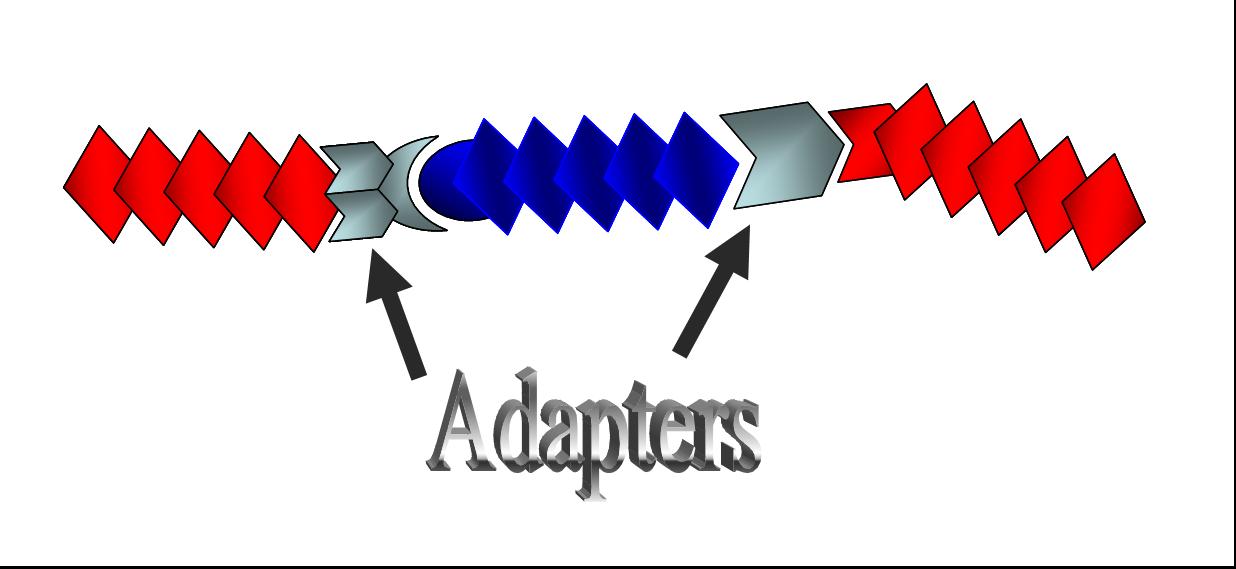Tokyo/Works/Future works
From 2007.igem.org
(→Adapters as a new BioBrick category) |
(→本アッセイへ) |
||
| Line 16: | Line 16: | ||
Balancing the expression levels of both sides must be a great leap to our goal. | Balancing the expression levels of both sides must be a great leap to our goal. | ||
| - | == | + | == Single cell analysis with a cell sorter == |
| - | + | ||
| + | Thoughout the present Wet experiments so far, we have observed our genetically engineered cells, not at an individual levels but at a collective level. With a sigle cell analysis, our simulation results would be more clearly confirmed. | ||
| + | <br>We could do this as the next step by using a cell sorter, which separates a mixture of cells into individuals. | ||
<!--Our model in this project aims at "coexistence stability." --> | <!--Our model in this project aims at "coexistence stability." --> | ||
Revision as of 12:26, 26 October 2007
Works top 0.Hybrid promoter 1.Formulation 2.Assay1 3.Simulation 4.Assay2 5.Future works
Balancing gene expression
According to the simulation results, we have found that the relative strength of the promoters of both sides, or relative expression levels of the downstream genes should be changed in order to reach our model. It might be possible to get closer to our goal by extremely focusing on such Wet experiments undergoing a number of trial-and-errors. However, now that we have almost obtained the strong methods of Dry approaches that compensate Wet ones, we can employ even more sophisticated methods as we have done in this project. We have estimated based on the simulation what should be done next. One option is to change the ribosomal binding sites (RBS) to modulate largely expression level of the downstream genes. There are different RBS available as BioBrick parts, we could choose proper strength of RBS. Balancing the expression levels of both sides must be a great leap to our goal.
Single cell analysis with a cell sorter
Thoughout the present Wet experiments so far, we have observed our genetically engineered cells, not at an individual levels but at a collective level. With a sigle cell analysis, our simulation results would be more clearly confirmed.
We could do this as the next step by using a cell sorter, which separates a mixture of cells into individuals.
Adapters as a new BioBrick category
During the construction of genetic circuits, we often found the necessity of the gene insertion between already ligated genes as in the present work.
However, it is still difficult to exchange iGEM parts, which should be designed convenient for the construction, because iGEM parts have to be ligated laterally.
It is necessary for more convenient BioBrick construction
(1) to make room for parts insertion between genes after they are connected
(2) to connect genes processed by different restriction enzymes.
Here we suggest “adapters” to solve this inconvenience. In the present project, we have designed “adapters,” BioBrick parts that connect differently digested DNA, meeting the requirement (2).
Together with TokyoStandard, the BioBrick parts our last year’s team Tokyo Alligance developed to meet the requirement (1), we suggest a new category of “adapter” as shown in Fig. 1.
